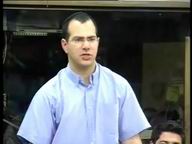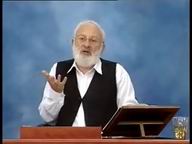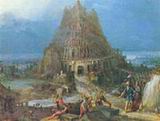From Today’s Daily Lesson:

Student: It’s unclear how the Partzufim of BYA receive the Light of Hochma. Baal HaSulam doesn’t explain it.

Rav Laitman: That’s right. Baal HaSulam doesn’t explain it nor does he intend to. This is the problem: We think that Talmud Eser Sefirot (The Study of the Ten Sefirot) is an explanation of the Ari (Rabbi Isaac Luria).
Baal HaSulam doesn’t explain the Ari at all. He wants to direct us in how to study the Ari to reach the goal: to correct ourselves and then to discover what the Ari discusses in our Kelim (vessels/tools/receptacles), because you will never know otherwise.
It is literally impossible to bring you a picture of what is happening in the world of Atzilut. If he does explain, sometimes, that some things happen somehow by different technical actions, he also doesn’t intend to give a technical explanation so that you will learn that the will to receive and the will to bestow need to be in mutual bestowal to one another, that the Upper Light will correct the will to receive, and so on and so forth.
Why would he explain spirituality? It’s impossible to depict. At the end of it all, Baal HaSulam strives so that you will direct yourself toward revelation by the explanation. This is his entire hope; that you will reach him by your own corrections, and then you’ll discover what is being discussed.
If your Kli (vessel/tool/receptacle) is not on a degree that is written here, in the same state as the world of Beria, Yetzira or Atzilut, then you won’t understand what is written, in each and every sentence. So you have to be brought. His entire trouble is to bring you there. Not to simply “blah blah” talk about it. It’s not a world where I can tell you about a certain state, a certain place and you depict it and imagine it to yourself…
This is how it is in our world, however, in the spiritual world you’re incapable of imagining it. It’s the opposite; it’s not worthwhile for you to imagine it, because all these imaginations give you satisfaction. Therefore, he has completely no intention of bringing you any knowledge—only Ohr Makif (Surrounding Light), as he mentions in item 155 of “Introduction to Talmud Eser Sefirot.”
Rav Michael Laitman, PhD in the lesson on Talmud Eser Sefirot (The Study of the Ten Sefirot), Volume 6, Part 16, item 107: wmv video | mp3 audio (55 min)
Click Here to Sign Up for a Free Kabbalah Introductory Course – Starts Soon!







